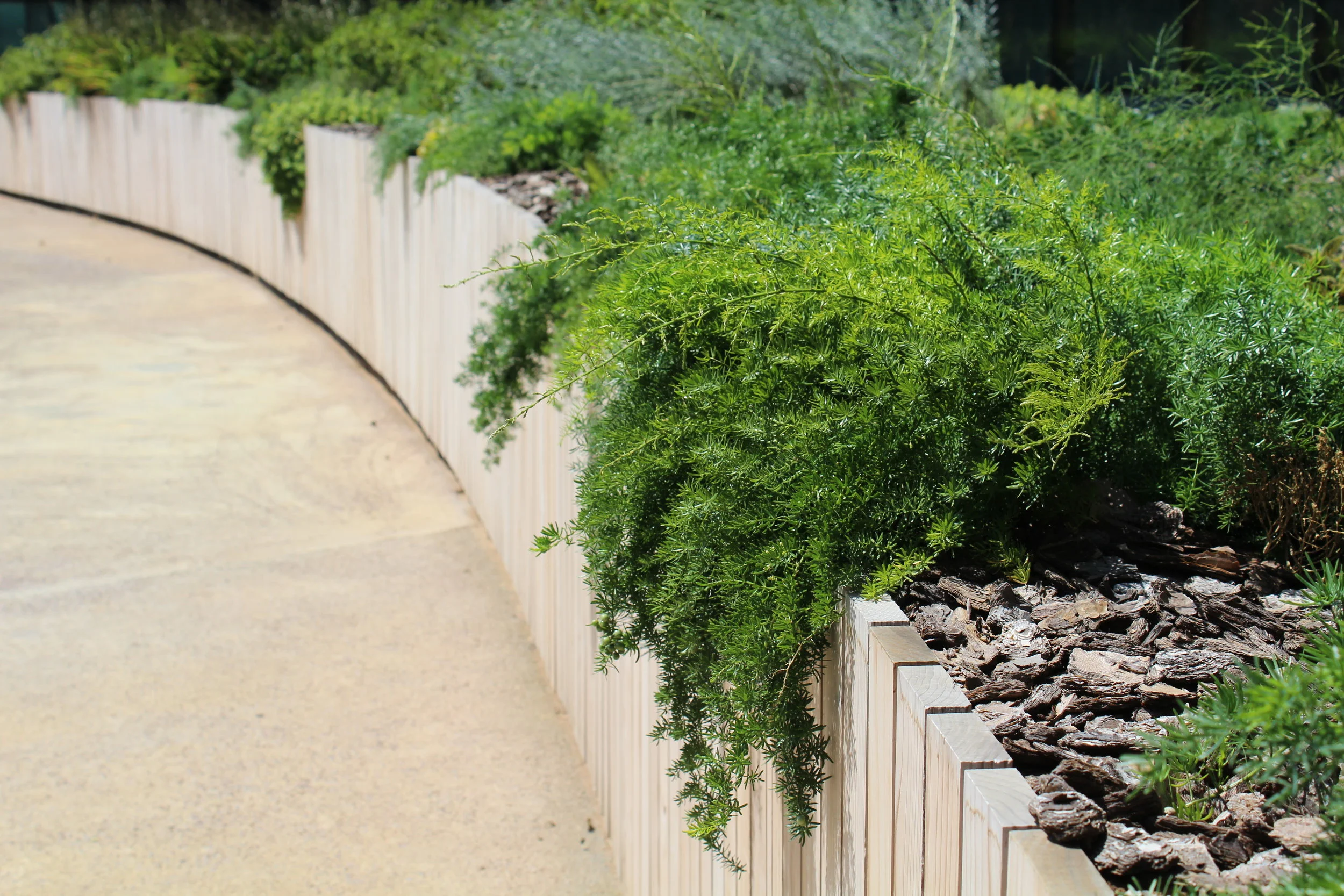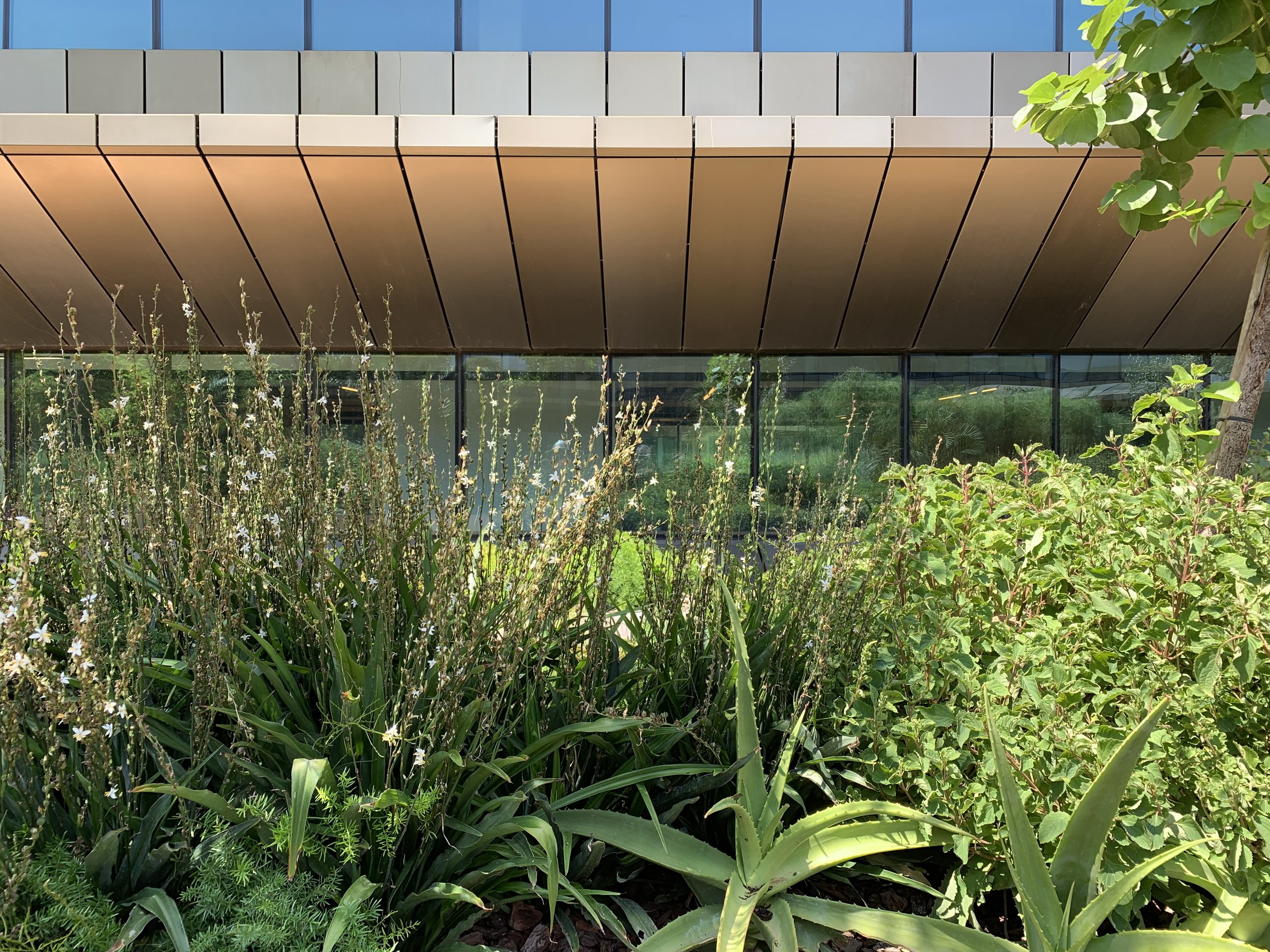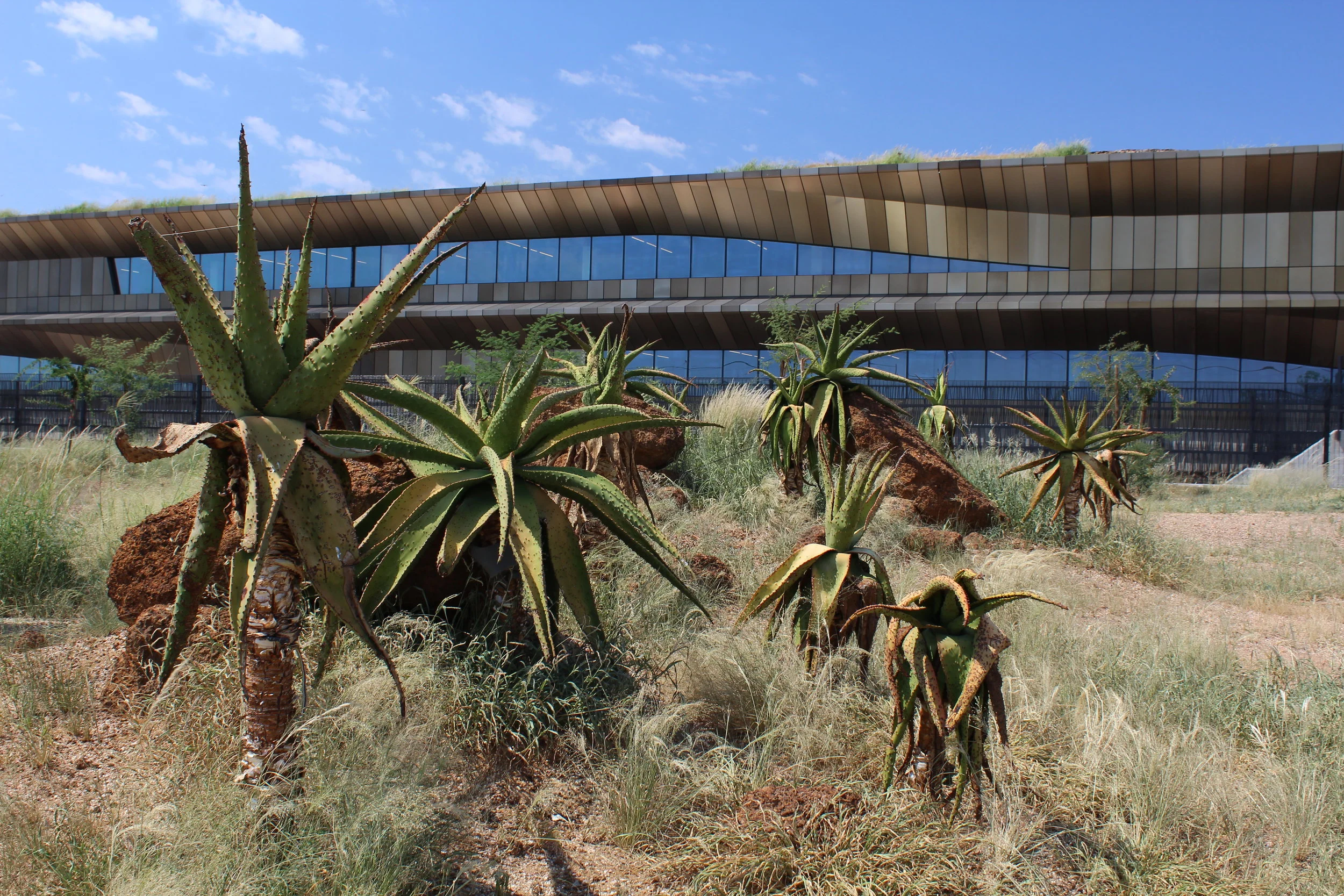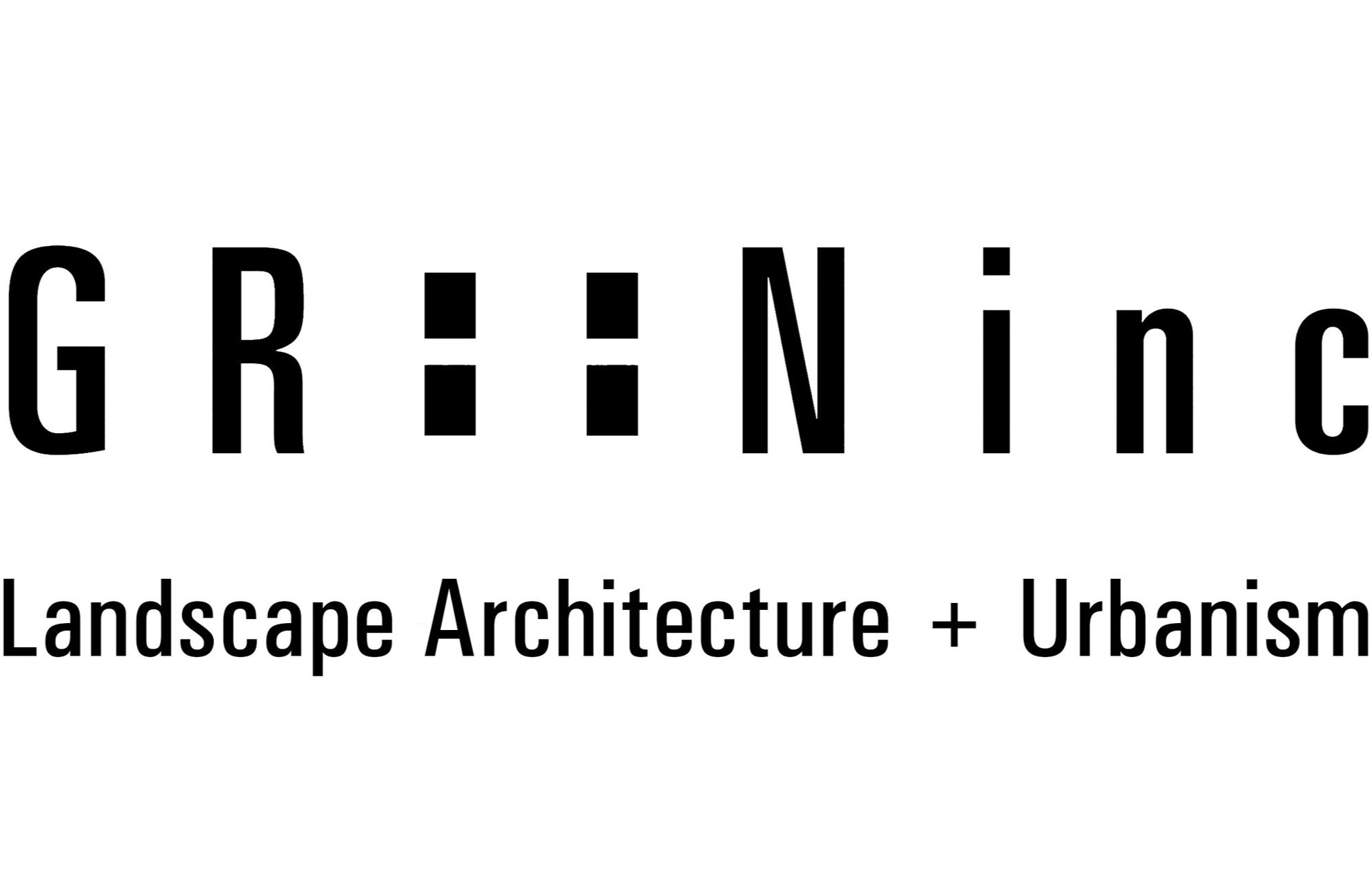
Botswana Innovation Hub
Gaborone, Botswana | 2019
The Icon Building (designed by SHoP Architects) forms the centre piece of the Botswana Innovation Hub Science and Technology Park in Gaborone. The facility, which employs the most advanced green technologies available, will house a rage of initiatives in technology incubation, education, and scientific research. It will also provide state-of the-art telecommunications infrastructure, with high capacity international connectivity, secured power and professional business services.
GREENinc provided a full scope of landscape architectural services in the development and construction of the Icon Building. This includes landscape conceptualisation, design, detail drawings and contract supervision. The landscape design is influenced by the semi-arid Kalahari Desert and Okavango Delta landscapes of Botswana and is intended to look natural and be self-sustaining. The planting design comprises of locally indigenous species, with a special focus on succulent plants that can grow on the extensive green roofs as much of the landscape is located on slab, either over an extensive basement, or on the roof of the building.
Two spacious internal courtyards, which are visible from the upper floors, provide break-out spaces on the ground floor of the building. Raised timber-clad planters surround the courtyard and form smaller, intimate, gathering spaces. Lush vegetation brings a sense of calm to the courtyards and cools the immediate micro-climate. The southern courtyard includes an amphitheater for outdoor events.
The average annual rainfall in Gaborone is only 457mm year. The large attenuation ponds and extensive green roof detains storm-water run-off and recharges the subterranean water sources. These ponds do not only make the landscape more resilient against drought but also adds to the character. Water harvested from the building is used to irrigate the intensively planted courtyards while the plant selection of the site-wide and roof landscapes ensures that no irrigation is necessary.
Photographs courtesy of Tyler Survant











